Repair of Post Concreting Defects in Structures and Methods of Repair
Post concreting defects in structures are defects which are seen after the removal of formwork. Repair of these post-concreting defects, materials, equipments required and methods of repairs are discussed.
Repair of Post Concreting Defects in Structures
The four essential features of a successful repair are:
1. Expediency: The longer the repair is left, the more work has to be done, and the less likely that the repair will blend in.

2. Cleanliness: when repairing concrete, care must be taken to remove any dirt or dust that will prevent the repair concrete bonding with the parent concrete.
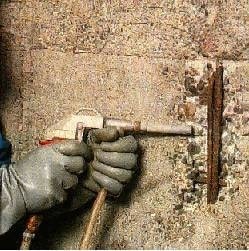
3. Correct technique: The correct technique and the correct tools are essential for repairing damaged concrete.
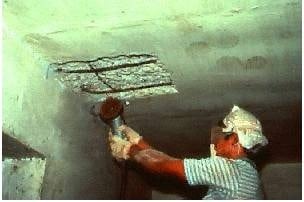
4. The repair material must be durable as the parent concrete.
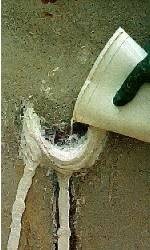
The repairs should be done while the concrete is still very young, so that the repairs are much the same as the parent concrete. All areas to be repaired should be free from loose dirt or dust so that no attempt is being made to bond the repair of particles of dust.
Individuals assigned to complete repairs should know what action is required, i.e. they should have been trained in the appropriate tasks, because repairing concrete requires greater skill than placing concrete first time around.
Materials for Repairing Post Concrete Defects:
Before commencing the repair, the operative must have all the necessary materials and equipment. The materials normally used for patch repairs are:
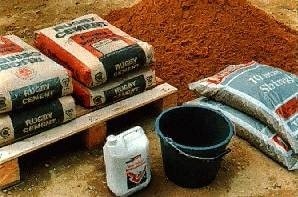
Portland cement and white Portland cement: Repairs are tend to be made with a high concentration of cement which will make the finished repair appear darker than the parent concrete. White Portland cement helps to lighten the colour.
Aggregate and sand: Preferably the same as used in the original mix, together with limestone fines (which also helps to lighten the colour).
Gauging liquid: this is generally water with a polymeric material such as styrene butadiene rubber (SBR), polyvinyl acetate (PVA) or an acrylic material. These improve the cohesion and adhesion of the repair to the parent concrete, and also give better physical properties to the hardened concrete, such as imperviousness and elasticity.
When repairing cracks the above materials can be used but sometimes an epoxy or polyester resin will sometimes be required, depending on the width of the crack.
Equipment for repairs of concrete:
The below fig. shows the general equipments required for concrete repairs.
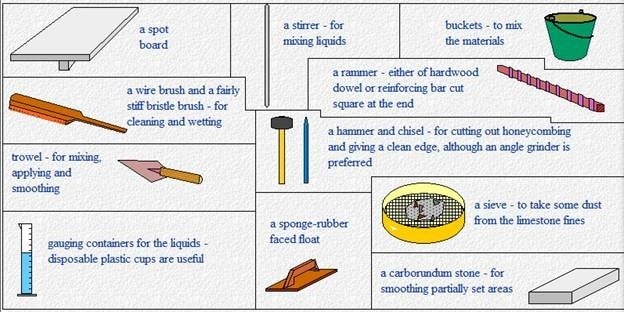
If the repair is extensive, then the formwork, formwork ties or clamps and string-backs may be needed. All repairs should be cured, so plastic sheeting and tape to adhere it to the concrete should be available.
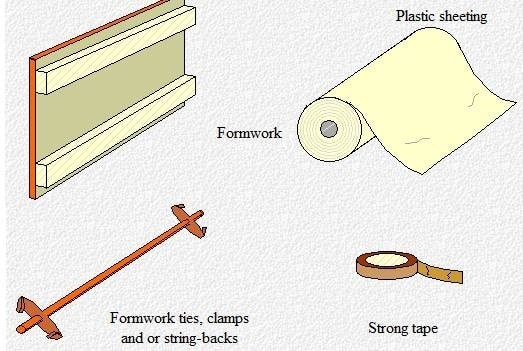
Repairing of Honeycombed Concrete:
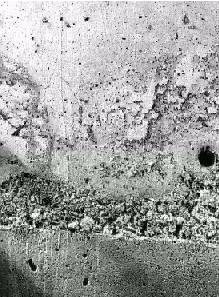
The technique used in repairing honeycombed concrete are common to other defects and involve replacing mortar loss close to the surface. The step by step process of repairing honeycombed concrete is as follows:
1. Using the hammer and chisel remove the honeycombed concrete and so on until it has all be removed.
2. The area should then be brushed out to remove any dust.
3. Now prepare the replacement concrete. A rule of thumb for this is to use a 1:2 combination of cement and limestone fines with the cement comprising of an equal mixture of Portland and white cement. Gauging liquid can contain equal amounts of water and polymer, although on low maturity repairs water on its own should suffice.
4. Gauging liquid should be added such that the mixture is just moist. A low slump mix specially necessary on a vertical surface so that it does not slump out of position.
5. The replacement concrete is then placed into the cavity using a trowel.
6. In a repair this small, the use of vibrator is impractical, so a rod is used to compact the concrete, which is then smoothed again using the trowel.
7. The concrete repair is then cured by placing some plastic sheeting over it and securing it with adhesive tape.
Structural repairs post concreting:
If the honeycombing is deep or as occasionally happens, passes through a section, the concrete will need to be removed and the whole section recast. Before starting this exercise the column or section above the repair area will need supporting by an appropriate form of propping. The defective area can then be broken out. This will usually need more than a hammer and chisel, such as Pneumatic hammer as shown in figure below.

With the honeycombed concrete removed and the area removed of dust, the formwork can be erected. The formwork will need a special hole cut into it (sometimes called a letterbox or birds mouth) so that the concrete can be placed whilst the formwork is in place.
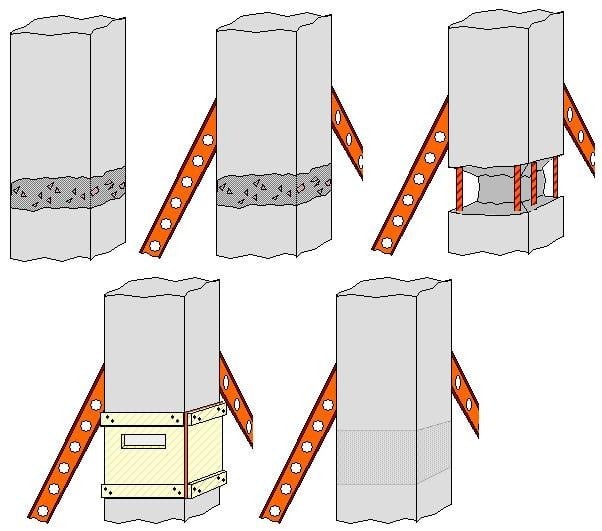
The concrete mix for the repair can be the same as the mix used in the original pour. The concrete can be placed through the opening and vibrated using a small vibrating poker. The repair may also need some external vibration as well. Care must be taken when placing the last of the concrete as to ensure that all the void is filled.
The formwork should be left in place for 24 hours and then removed.
Repair of blow holes in concrete structure:
A technique called “Bagging in: is used to repair excessive blow holes in the surface of concrete. This technique involves using a hessian pad to rub a cement paste into the holes. No other vibration or compaction is required.
The repair mix is normally made from a 1:4 mix of cement and fine grade sand (silver sand is often used) with sufficient water to make a very stiff paste, so that it holds together when squeezed, but no water escapes.
The treatment is most effective if done as soon as the formwork is struck, preferably the day after casting. A carborundum stone should be used to scour the surface and to expose any other blow holes close to the surface. The grinding of the surface will also expose more unhydrated cement particles that can bond with the repair work.
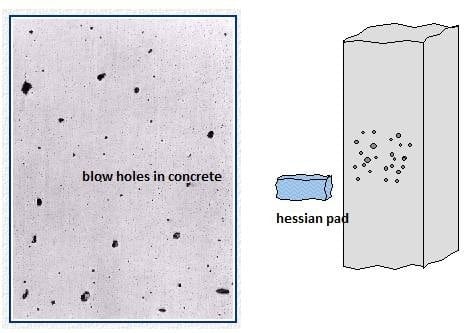
A hessian pad is filled with the mix and rubbed over the concrete surface in an overlapping circular motion, filling the holes and coating the surface with a fine cement paste.
Repair of cracks in post concrete structures:
Cracks should always be reported to the relevant supervising authority. A small degree of cracking is quite common in most concrete structures, and can sometimes be ignored depending on how prevalent they are. Of course cracks can also indicate that there is something wrong.
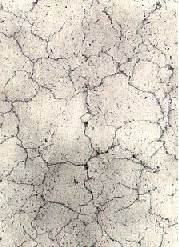
Since the main function of concrete in the cover zone is to protect the steel reinforcement from corrosion, cracks in floor slabs can generally be filled with a cement paste. This is particularly satisfactory if the slab is to have a surface topping, which will hide the crack and provide extra protection. Cracks in walls or other places where this method can not be used, need to be repaired by other means.
Firstly the cracks must be analysed and determined if they are live or not. A live crack indicates that it is likely to grow over time, and a flexible joint needs to be formed. Dead cracks can be injected with a resin.
Comments